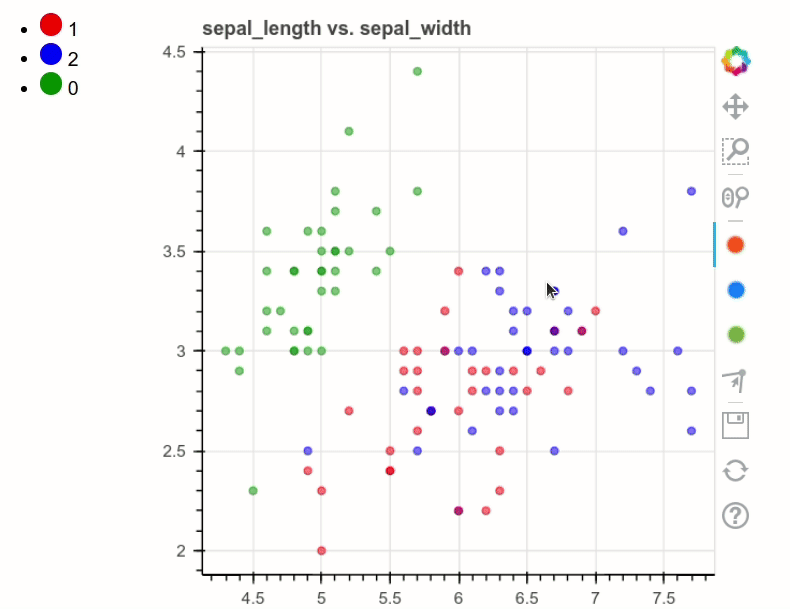BentoML: Create an ML Powered Prediction Service in Minutes
You have just built a machine learning model with good performance. You decide to give this model to your team members so that they can develop an ML-powered application.
Wait, but how will you ship this model to your team members? Wouldn’t it be nice if your team members can use your model without setting up any environment or messing with your code? That is when BentoML comes in handy.
In my latest article, you will learn how to use BentoML to containerize and deploy your ML model in minutes.
Link to the source code.
Favorite
BentoML: Create an ML Powered Prediction Service in Minutes Read More »







